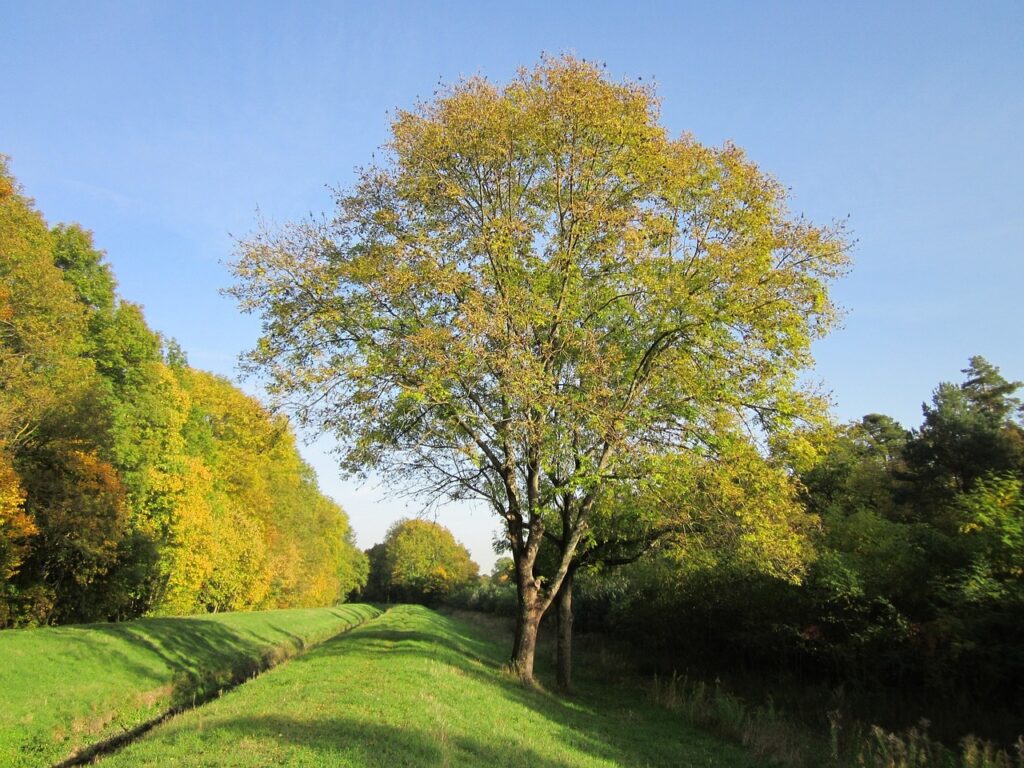
A Complete Guide to Elevate Your Plant and Tree Care with Soil Drenching
The Art of Soil Drenching
When it comes to nurturing your garden’s green treasures, the technique of soil drenching emerges as a valuable ally for both plants and trees. This method involves the targeted application of diluted control products right at the base of your beloved flora, making it an invaluable tool for tackling pest issues in trees and delivering essential nutrients to your plants. In the world of gardening and horticulture, soil drenching is a game-changer that offers deep and effective care while ensuring minimal contact with neighboring plants.
Imagine a specialized elixir poured directly onto the roots of your plant, near its stem or trunk. It’s like offering a bespoke cocktail to quench your plant’s thirst for nutrients or combat hidden pests. The beauty of soil drenching lies in its precision, ensuring that the beneficial chemicals stay right where they’re needed – at the plant’s roots.
However, it’s crucial to understand that soil drenching isn’t a quick fix. These treatments take time to work their magic, as the chemicals need to be absorbed by the roots and spread throughout the plant’s system, reaching stems, branches, and leaves. Therefore, timing is everything when it comes to soil drenching. The best moment to apply this technique is early in the growing season, giving your plants ample time to reap the benefits of the treatment. Additionally, it’s important to administer a soil drench when your plant is well-hydrated. This ensures efficient chemical distribution, as water is already flowing through your plant’s veins.
Before You Get Started
Before soil drenching, there are a few essential preliminary steps you must take. First and foremost, correctly identify the target pest or your plant’s specific nutrient requirements. Armed with this knowledge, select the appropriate product for the task at hand. Carefully read the product label, paying special attention to safety precautions and treatment timing. And, of course, always adhere to your local gardening regulations to ensure you’re on the right side of the law.
Step-by-Step Guide to Safe Soil Drenching
Now, let’s break down the process of applying a soil drench to your plants and trees safely and effectively.
Step 1: Measure the Plant or Tree Diameter
Begin your journey about 4.5 feet above the ground, where you wrap a measuring tape around the plant’s or tree’s trunk. Divide this measurement by 3.14 to calculate the Diameter at Breast Height (DBH). For unique plant configurations or multiple stems:
- Multiple Individual Plants or Trees Growing Close Together: Measure the DBH of each stem or trunk and treat each one individually.
- Multistem Split at or Below DBH: For plants or trees with multiple stems splitting at or below DBH, measure at the narrowest point between the root flare and the split.
- Stem Clusters: In cases where plants or trees are closely grouped, measure the DBH of each stem or trunk and add the measurements together.
Step 2: Prepare the Ground
Now, it’s time to create a trench around the base of your plant or tree. Aim for a trench depth of 2-3 inches and a width of 4 inches. Adjust the depth as needed, especially if there’s a risk of runoff or if the soil is heavy clay or compacted.
Step 3: Application
Using the DBH measurement, refer to the product’s label to determine the required quantity and follow the label’s mixing instructions. Carefully pour the prepared solution evenly around the plant or tree, within the trench. Once the product has been fully absorbed by the soil, replace the excavated soil firmly into the trench.
By following these meticulous steps, you can elevate your plant and tree care game with soil drenching, providing precise and targeted care to your garden’s green inhabitants while safeguarding the well-being of your entire landscape. Happy gardening!
